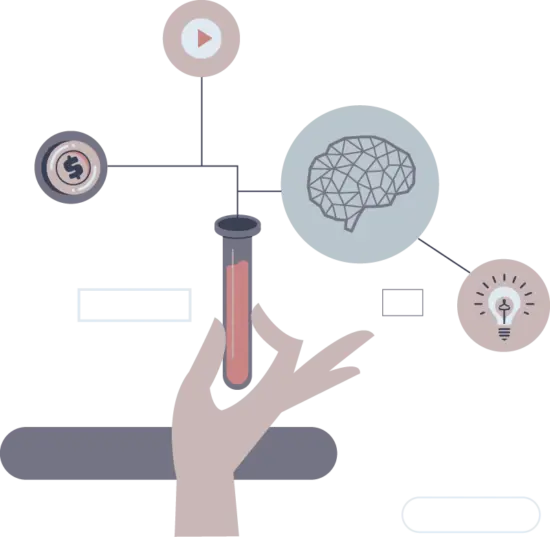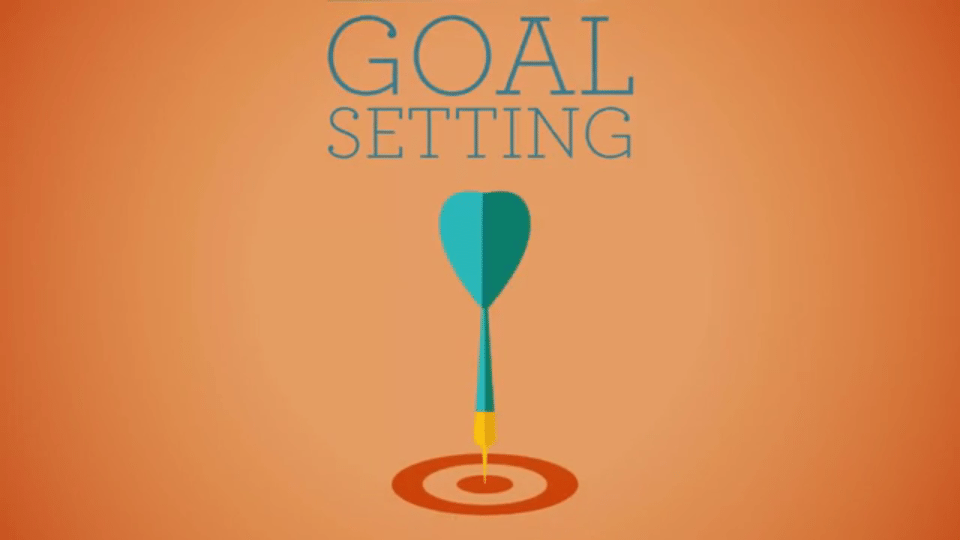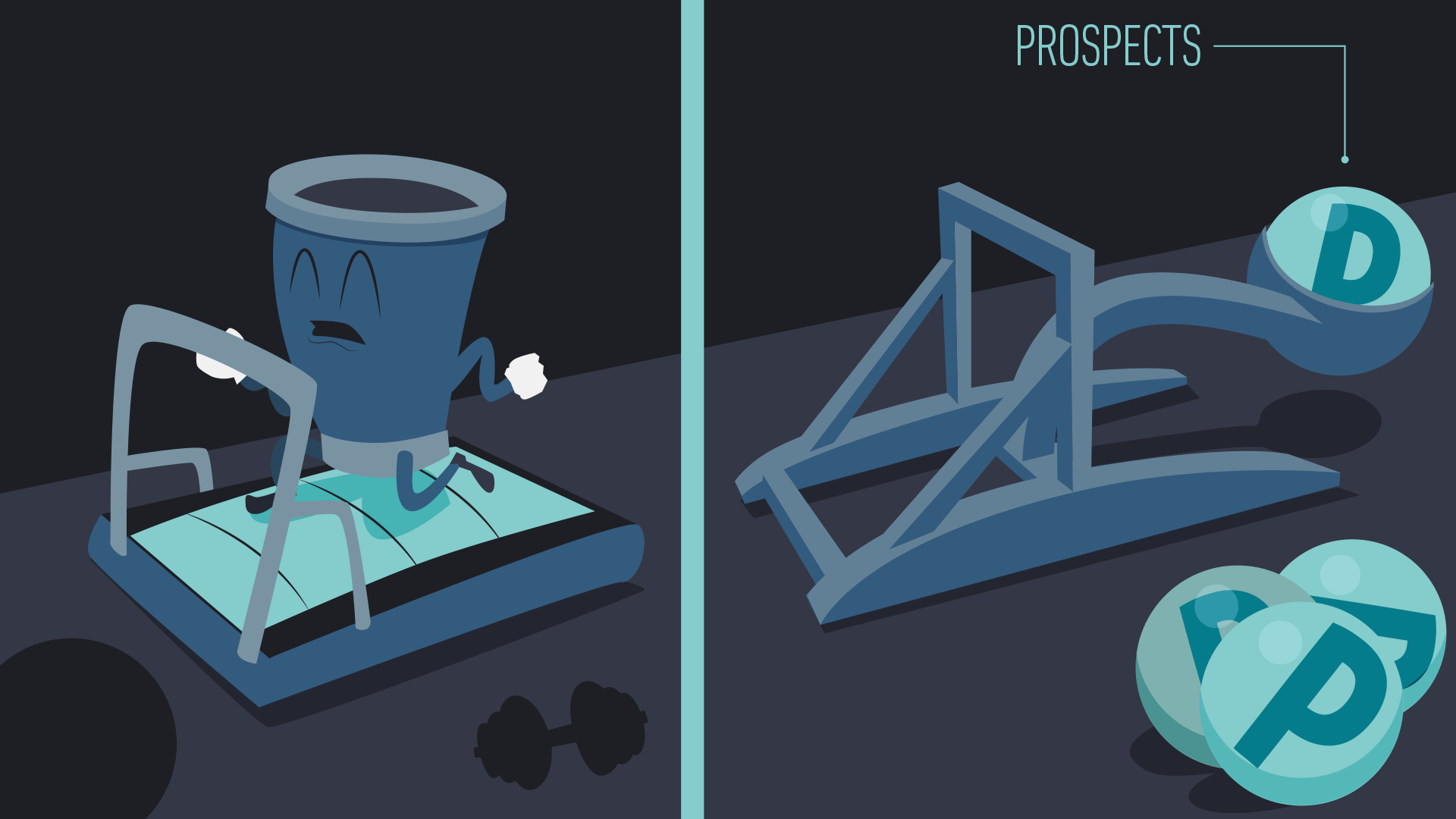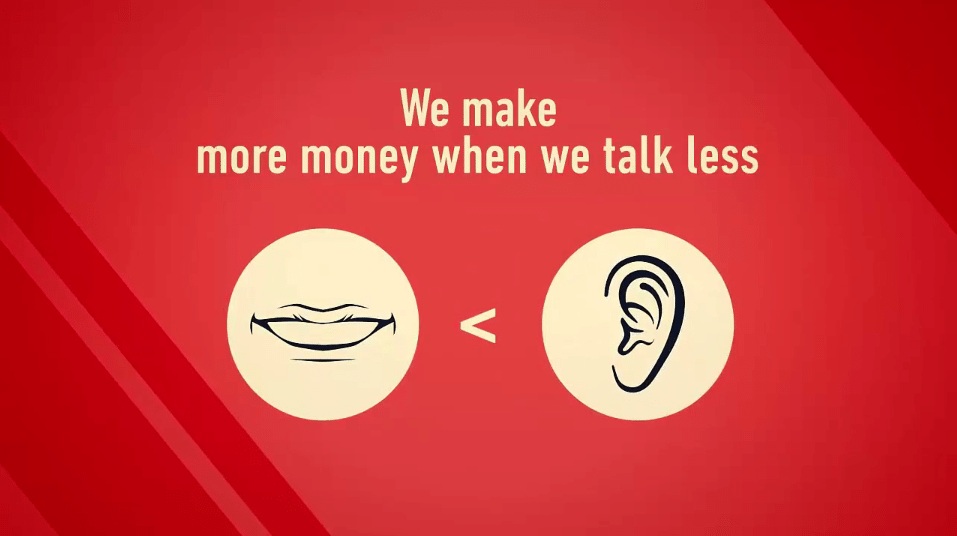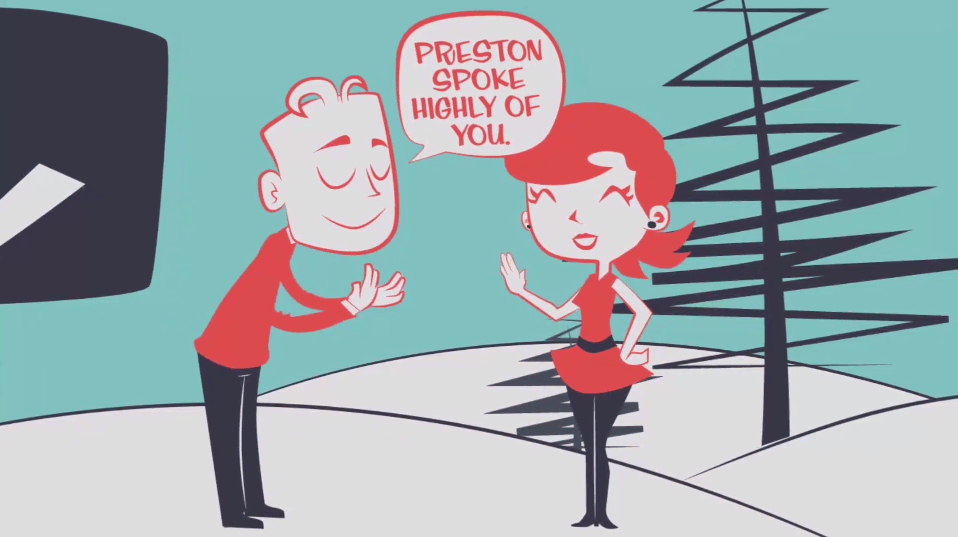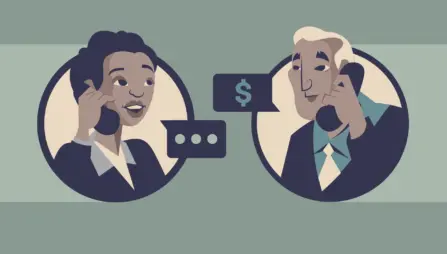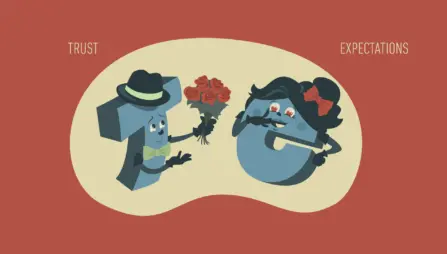Why You Miss Your Goals and How to Start Hitting Them
Research from the Universities of Bath and Sheffield in the UK found that your two to three times more likely to achieve your goals by writing down “goal implementation” instead of “goal intentions.” Learn why this simple but powerful technique is so effective.


